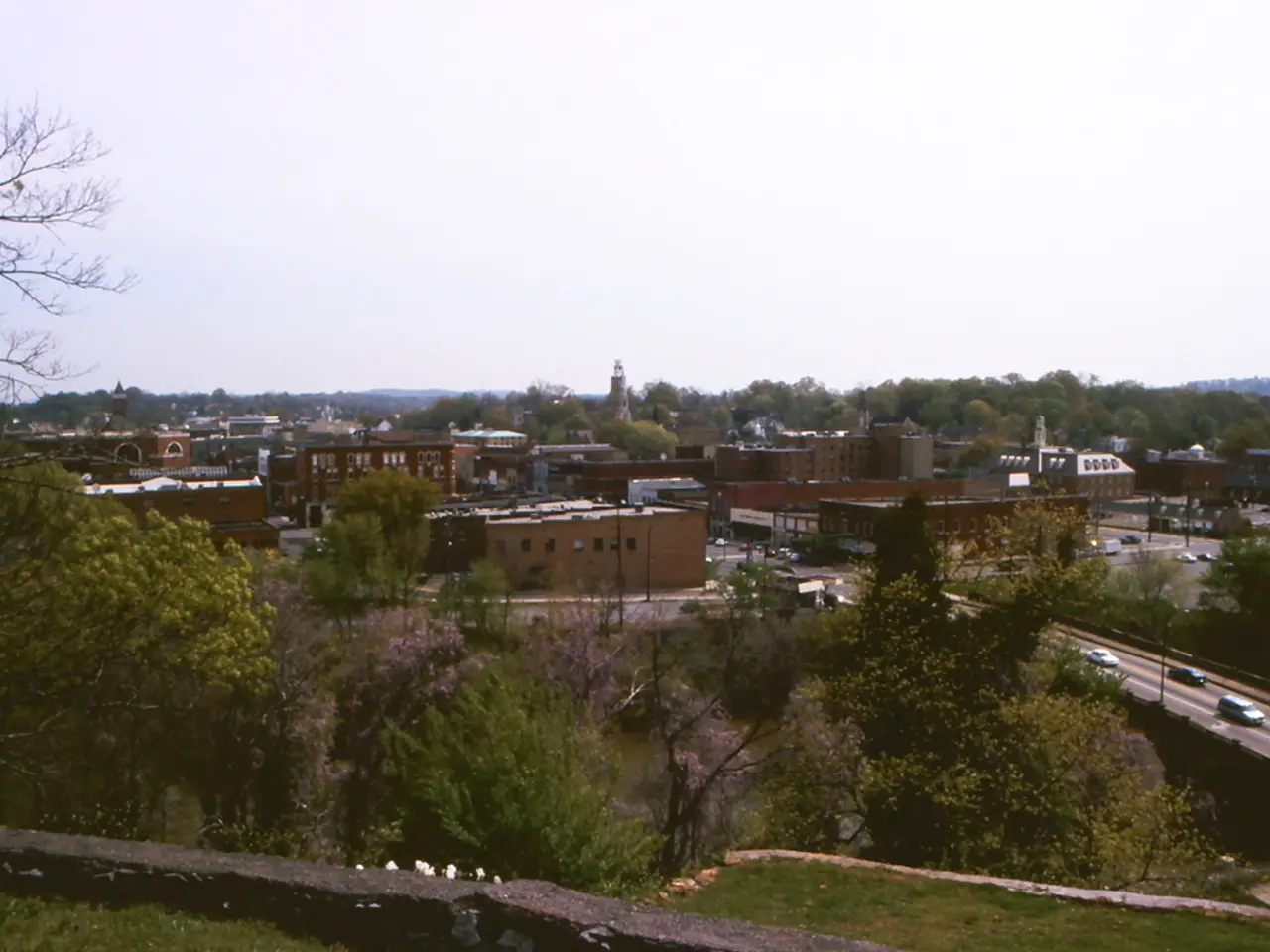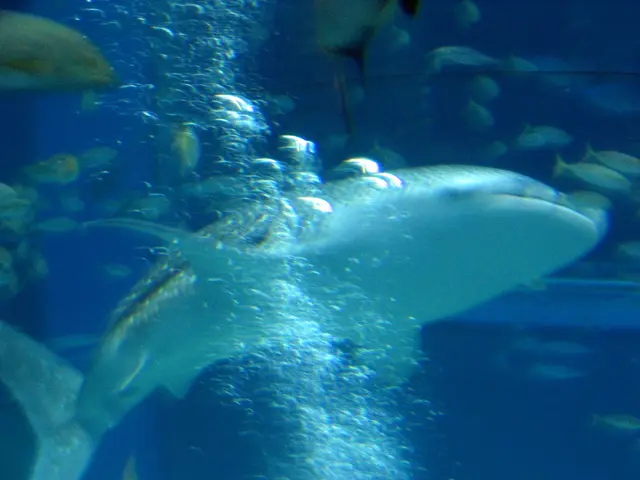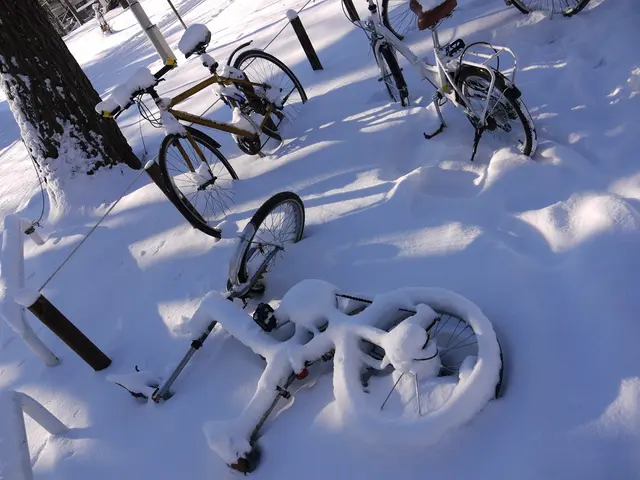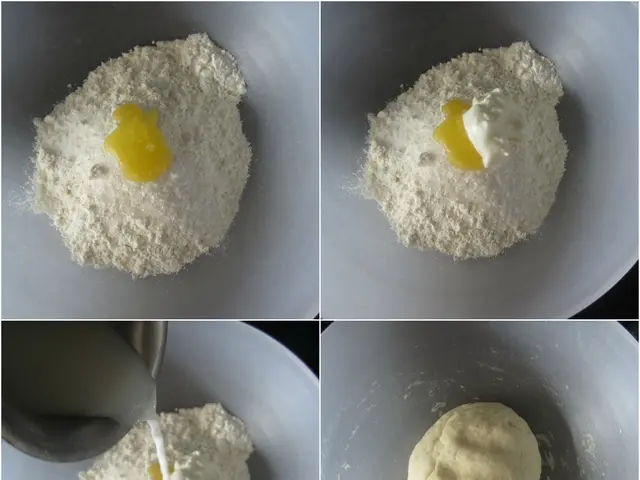The World's Major Biodiversity Struggle Highlights the Potential Impact of Public Participation in Scientific Research
The City Nature Challenge (CNC), a global citizen science event, returns for its sixth year, inviting people of all ages to explore their neighborhoods, parks, and backyards, documenting the plants, animals, and fungi they encounter.
A Brief History of the City Nature Challenge
Originating in San Francisco in 2016, the CNC began as a friendly competition between San Francisco and Los Angeles. Over the years, it has grown into one of the world's largest BioBlitzes, with an estimated 650 organizers in 400 cities across the globe. In 2018, the CNC went international, and in 2019, it eclipsed 35,000 participants worldwide.
The Impact of the City Nature Challenge
The data collected through the iNaturalist app, which the CNC uses to help people understand biodiversity and the work that goes into cataloguing species, is incredibly valuable. It aids land and resource managers in detecting and removing non-native species before they become an issue, or protecting endangered or threatened species they didn't know were there.
Moreover, the CNC is a valuable educational tool for teachers, helping students engage with the world around them and learn about biodiversity and their local environment. Wildlife biologists can use data gathered during a BioBlitz to determine the size and location of species' populations, as well as how their geographic ranges may be affected over time by climate change.
Adapting to the Times
The 2020 CNC was held during the COVID-19 pandemic, with many cities holding virtual BioBlitzes and participants conducting observations in their backyards. For 2021, the CNC has decided on a hybrid model for the event, with some cities planning to hold their own smaller, in-person competitions in a COVID-safe manner, while overall focusing on collaboration instead of competition.
Getting Involved
To participate in the 2021 City Nature Challenge, check out their website for a step-by-step guide. You can also learn more about adapting BioBlitzes and other citizen science projects into your lesson plans using their online education toolkits.
For those new to iNaturalist and hosting BioBlitzes, the Seek by iNaturalist app can help ease them into the process, gamifying the experience and providing a stepping stone to the official iNaturalist database. Don't forget to sign up for your free iNaturalist account to start participating in citizen science projects and contributing to real-time data for environmental researchers.
The Power of Citizen Science
Citizen science is not just an educational activity or data-gathering tool, but also a unique opportunity to celebrate our passion for nature and share it with others, connecting people together who share similar interests. Participants in the CNC often end up setting new records, whether it's the first evidence of a certain species in the county, state, or even the whole country.
In the 2020 CNC, over 815,000 total observations were recorded and an astounding 1,300 rare, endangered, or threatened species were documented. The CNC is a testament to the power of citizen science and the collective effort of people coming together to make a difference in the world.
Organizing the City Nature Challenge
The CNC is organized by the Center for Biodiversity and Community at the California Academy of Sciences (CAS) and the Natural History Museum of Los Angeles County (NHMLA). This partnership reflects the collaborative spirit that lies at the heart of the City Nature Challenge, bringing together institutions and individuals from around the world to celebrate and protect our planet's biodiversity.
So, gear up for the 2021 City Nature Challenge, and let's explore, learn, and make a difference together!
Read also:
- Setting Up and Expanding Operations at a Soil Blending Facility
- Regional University's healthcare system strengthened through collaborative partnership with Chancellor Dr Fiona Hill
- Reminisced University Trustee David M. Flaum as a 'fervent advocate' for the University and community
- Creating Snack Options for Toddlers that Encourage Nutritional Balance








